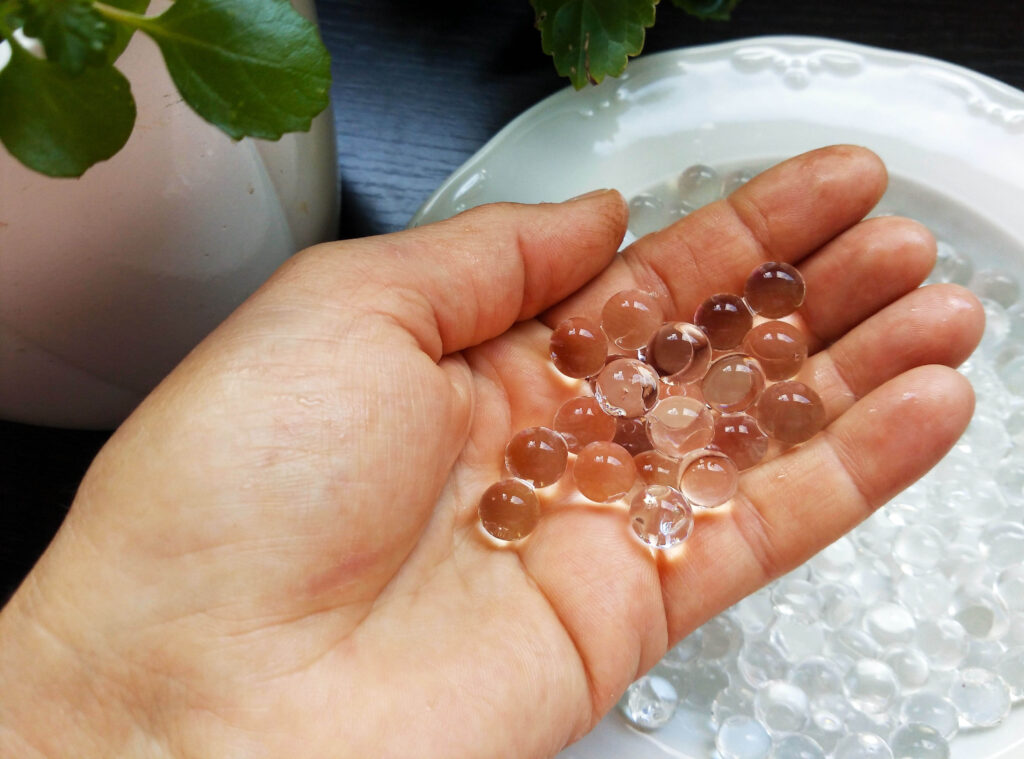Understanding the intricate workings of diseases like COVID and Alzheimer’s often requires a closer look at the cellular level. In this pursuit, researchers utilize 3D scaffolds known as hydrogels to mimic the cellular environment. A groundbreaking study led by the University of Washington introduces a novel class of hydrogels, designed through computer-aided protein engineering, capable of forming not only outside but also inside individual cells.
Also Read: Scientist discover lost Zealandia continent in its entirety
Unveiling a New Class of Hydrogels
1. Hydrogels Beyond Cell Boundaries
Unlike traditional hydrogels, this innovative class has the unique ability to form both outside and inside cells. The research, published in the Proceedings of the National Academy of Sciences, showcases the potential of these hydrogels as a tool to group proteins together within cells, opening new avenues for studying diseases and cellular functions.
2. Mechanical Uniformity: A Pioneering Achievement
The study, led by co-senior author Cole DeForest, emphasizes the mechanical consistency exhibited by these hydrogels, whether inside or outside cells. This level of control offers researchers the ability to study specific sequestering phenomena, such as protein aggregation linked to conditions like Alzheimer’s.
From Scratch to Success: Computer-Designed Proteins
1. Computational Protein Design
The key to this revolutionary research lies in the design of protein building blocks from scratch, utilizing computational methods. By defining the desired three-dimensional structure, researchers could control the flexibility and rigidity of the protein building blocks, enabling the creation of hydrogels with diverse properties.
2. Irreversible vs. Reversible Crosslinking
The team employed computational design not only to control the characteristics of the protein building blocks but also to determine how they connect to form the hydrogel. The study introduces two methods: irreversible crosslinking for stability in long-term cell culture and reversible crosslinking for fluidity, potentially driving specific protein-protein interactions within living cells.
Mechanical Consistency Inside Cells: A Game-Changer
To validate the effectiveness of these hydrogels within cells, the researchers examined the movement of building blocks. The study confirmed that the mechanical properties of each type of hydrogel remained consistent even when situated inside a cell. This breakthrough holds promise for advancing long-term cell culture and functional tissue engineering.
Future Directions: Mastering Hydrogel Formation Within Cells
Looking ahead, the research team aims to delve deeper into controlling the formation and localization of hydrogels within cells. This ongoing exploration underscores the collaborative efforts between protein designers and chemical and biological engineers, showcasing the potential for new biomaterials with diverse applications.
Also Read: Top Budget Phones Under $500: 5G on a Budget



